Top speed 209 km/h Wingspan 22 m Cruise speed 185 km/h | Range 233 km Length 27 m First flight 1953 | |
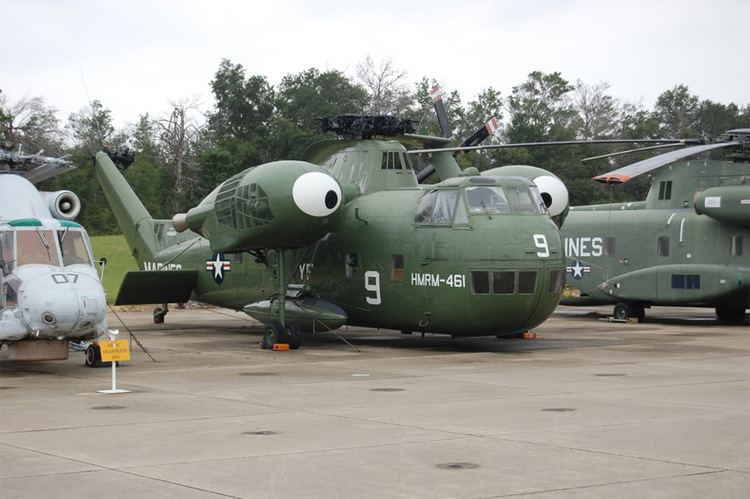 | ||
Engine type Pratt & Whitney R-2800 Double Wasp | ||
Sikorsky ch 37 mojave 1960
The Sikorsky CH-37 Mojave (company designation S-56) was an American large heavy-lift helicopter of the 1950s.
Contents
- Sikorsky ch 37 mojave 1960
- Sikorsky ch 37 mojave helicopter
- Design and development
- Variants
- Derivatives
- Operators
- Survivors
- Specifications CH 37 Mojave
- References
Sikorsky ch 37 mojave helicopter
Design and development
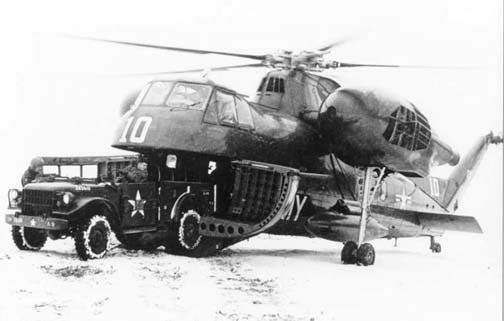
The S-56 came into being as an assault transport for the United States Marine Corps (USMC), with a capacity of 26 fully equipped troops. An order for the aircraft was placed in 1951 utilizing the U.S. Navy/U.S. Marine Corps designation of the time of HR2S. The first prototype, the XHR2S-1 flew in 1953 and production deliveries of the HR2S-1 began in July 1956 to Marine Helicopter Squadron One (HMX-1), with a total of sixty aircraft being produced.
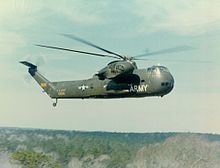
The United States Army evaluated the prototype in 1954 and ordered 94 examples as the CH-37A, the first being delivered also in summer 1956. All Marine Corps and Army examples were delivered by mid-1960. Army examples were all upgraded to CH-37B status in the early 1960s, being given Lear auto-stabilization equipment and the ability to load and unload while hovering. In the 1962 unification of United States military aircraft designations, the USMC examples were redesignated from HR2S-1 to CH-37C.
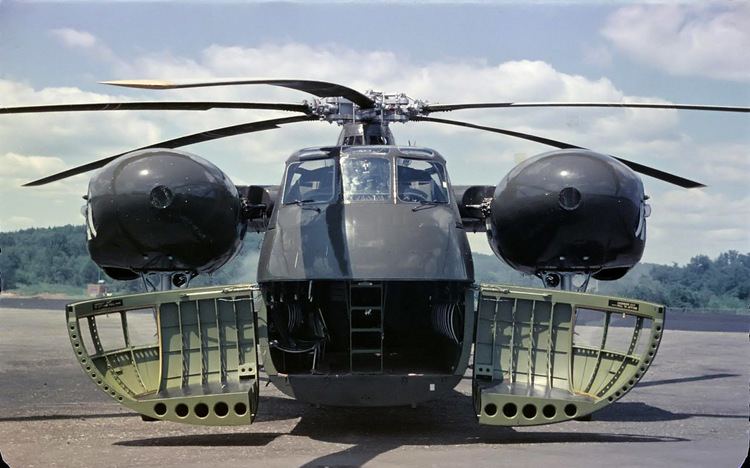
At the time of delivery, the CH-37 was the largest helicopter in the Western world and it was Sikorsky's first twin-engined helicopter. Two Pratt & Whitney R-2800 Double Wasp radial engines were mounted in outboard pods that also contained the retractable landing gear. This left the fuselage free for cargo, which could be loaded and unloaded through large clamshell doors in the nose. The early models could carry a payload of either three M422 Mighty Mite (a lightweight jeep-like vehicle) or 26 troops. For storage, the main rotor blades folded back on the fuselage and the tail rotor mast folded forward on the fuselage.
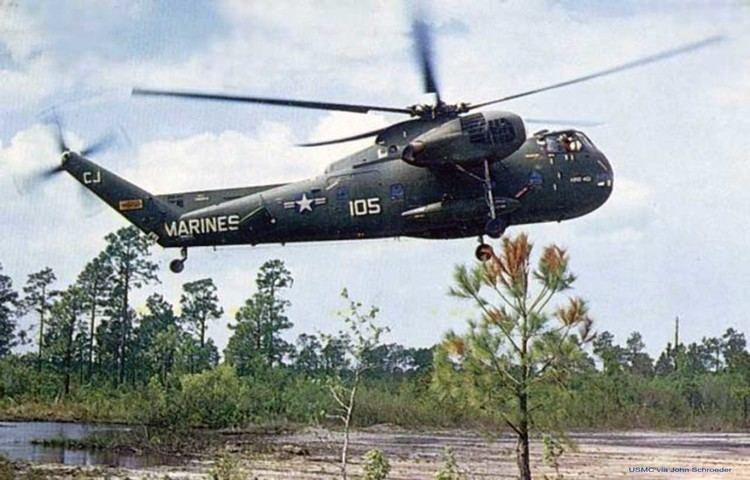
The CH-37 was one of the last heavy helicopters to use piston engines, which were larger, heavier and less powerful than the turboshaft engines subsequently employed in later military helicopters. This accounted for the type's fairly short service life, all being withdrawn from service by the late 1960s, replaced in Army service by the distantly related CH-54 Tarhe and in the Marine Corps by the CH-53 Sea Stallion.
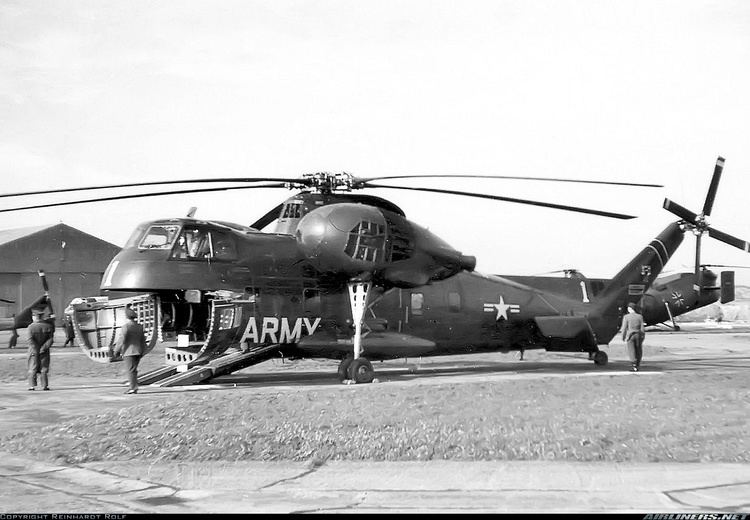
Four CH-37Bs were deployed to Vietnam in 1963 to assist in the recovery of downed U.S. aircraft. They were very successful at this role, recovering over US$7.5 million worth of equipment, some of which was retrieved from behind enemy lines.
Variants
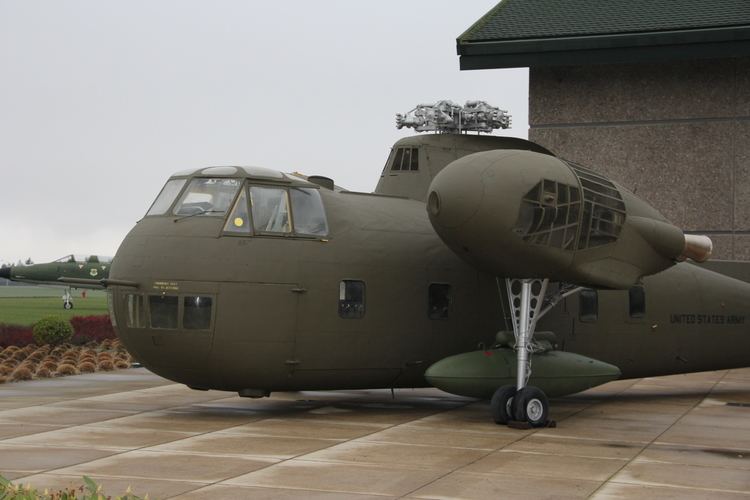
Derivatives
Operators
Survivors
Specifications (CH-37 Mojave)
Data from U.S. Army Aircraft Since 1947
General characteristics
Performance
